Top 10 Foods That Contribute to Type 2 Diabetes
1 Comments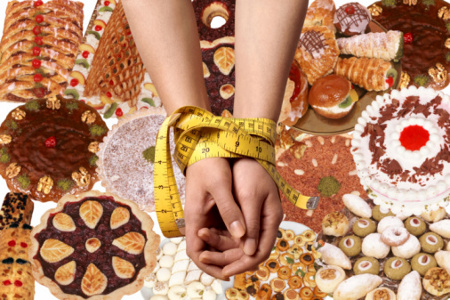
What You Should Know
Carbohydrates, protein and fats are the body’s sources of energy necessary for physical activity and normal cell function. Normally, the pancreas secretes insulin, which regulates the movement of sugar into the cells. In the presence of type 2 diabetes, either the pancreas does not produce enough insulin or the body becomes resistant to the effects of insulin. A diet of excessive amounts of foods with a high glycemic index is a risk factor of type 2 diabetes. Photo: Getty Images
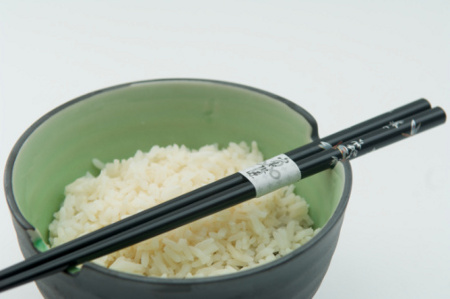
White Rice
White rice is one of the foods most consistently associated with an increased risk of developing type 2 diabetes. White rice has a high glycemic index, which is a measurement of the effect of carbohydrates on blood sugar levels. Blood sugar levels rise more rapidly and insulin demand is greater following a high glycemic load meal. The excessive insulin secretion is thought to contribute to the loss of insulin- secreting function of pancreas cells that leads to the development of type 2 diabetes. Photo: Getty Images
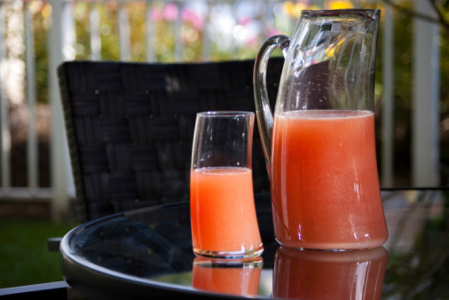
Sugar-sweetened Soft Drinks
The Harvard School of Public Health points to evidence that suggests drinking one or more servings a day of a sugar-sweetened soft drink or fruit punch nearly doubles the risk of developing type 2 diabetes. Additional evidence links increased soft drink consumption to an increase in weight gain. Being overweight is a primary risk factor for developing insulin resistance. Photo: Getty Images
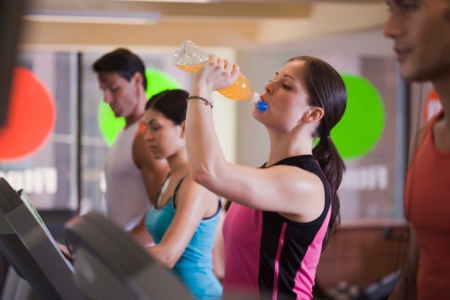
Sports Drinks
The glycemic index rates foods from 0 to 100 with glucose in the highest position. A popular sports drink has a glycemic index of 78. Dieticians and health experts concede that the glycemic index can be complicated but is a useful tool in helping people manage and monitor their individual response to food. Photo: Getty Images
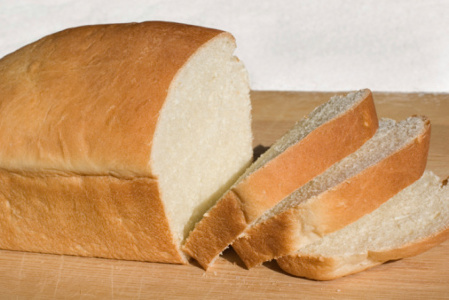
White Bread
White bread is one source of an easily digested refined carbohydrate and another food consistently associated with an increased risk factor for type 2 diabetes. In the digestive process, the body can quickly break down these carbohydrates into sugar, which enters the bloodstream. Normally, as blood sugar levels rise, more insulin is secreted. But with type 2 diabetes, this does not happen. As a result, blood sugar levels and insulin levels remain high long after eating. Photo: Getty Images

Potatoes
The chemical structure of the starch in white bread and potatoes qualifies as a complex carbohydrate. However, the body converts this starch into sugar as quickly as it processes pure glucose. It is important to note that other factors, such as if the food was fried or boiled and an individual’s rate of metabolism, will determine how the body’s sugar level responds after eating. Photo: Getty Images
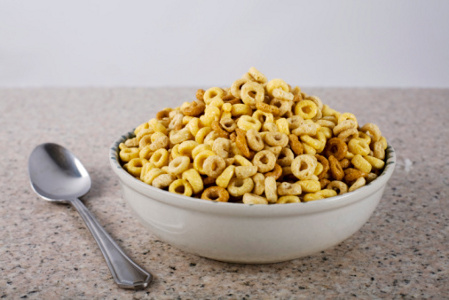
Breakfast Cereals
Cornflakes have a glycemic index of 84. A better alternative is a whole-grain breakfast cereal such as oatmeal which has a low glycemic index. The sugar content of breakfast cereals varies and it is wise to avoid sweetened cereals. For example, a one cup serving of a popular sugar-sweetened cereal has 15 grams of sugar and 28 grams of carbohydrates. In comparison, a one cup serving of a breakfast cereal advertised to help lower cholesterol levels has only one gram of sugar and 20 grams of carbohydrates Photo: Getty Images
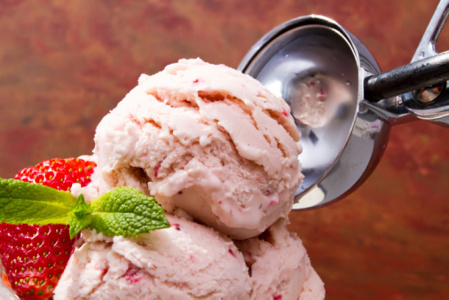
Ice Cream
Full fat ice cream has a glycemic index of 61 and is a source of added sugar, carbohydrates and fat, of which half is saturated fat. Eating too much full fat ice cream easily leads to weight gain. Overweight people have an increased risk of developing type 2 diabetes. Photo: Getty Images

Candy
Quite obviously, eating too much candy increases the risk for developing insulin resistence. Jelly beans have a glycemic index of 80. Beware of what may appear to be a “healthy” candy bar. For example, one ounce of a whole-grain chocolate chip bar contains 118 calories, 11 grams of sugar and 13% of the daily value for cholesterol. Photo: Getty Images
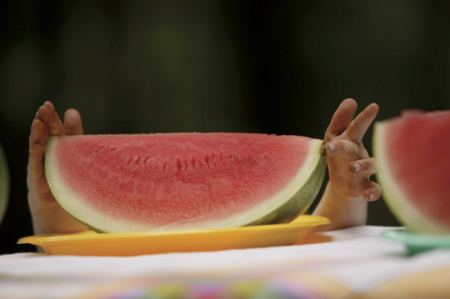
Watermelon & Banana
Surprisingly, watermelon is one fruit that has a high glycemic index of between 72 and 80. It should be eaten in moderation. One cup of watermelon balls has 10 mg of sugar. The banana follows with a glycemic index of 70. An eight ounce banana has 28 grams of sugar and 51 grams of carbohydrates. Photo: Getty Images

Honey
Though honey has many health benefits compared to refined sugar, consuming unlimited amounts can attribute to type 2 diabetes. Honey has a glycemic index of 87. A one quarter cup portion or three tablespoons of honey contains almost 70 grams of sugar and an equal amount of carbohydrates.
Sources:
MayoClinic.com: Type 2 Diabetes
Harvard School of Public Health: Carbohydrates
Linus Pauling Institute: Glycemic Index and Glycemic Load
Healthy Weight Forum: The Glycemic Index
SelfNutritionData.com: Nutrition Facts
Article by Maryann Gromisch
Photo: Getty Images
Add a Comment1 Comments
This is good advice and it's good to get this information out there!
I want to point out one caveat...potatos are mentioned. The interior of the potato is all simple starch, but the skins have protein, fiber, and vitamins. They're also digested more slowly...so always eat potatos with the skin on, and always buy the smallest potatos possible. Small potatos are quite healthy whereas the really big ones, especially peeled, are just empty calories with a high glycemic index. Also, you can mitigate the effect of potatos by blending them (in moderation) into dishes like soups, stews, or potato salads--adding lots of vegetables, healthy fats, and seasonings.
I also want to throw out there that there are some things you can consume that have positive effects towards preventing Type II diabetes, or towards lowering blood sugar. One very widely-available beverage that has this effect is chamomile tea; there is some scientific evidence that it can lower blood sugar when it is high, and prevent some of the damage associated with high blood sugar. Another somewhat more potent herbal tea with a similar, and possibly stronger effect, is holy basil or tulsi. Like chamomile, holy basil is a relaxing, caffeine-free herbal tea, and has been shown both to lower high blood sugar, and to reduce stress as well. Especially if you drink these herbal teas unsweetened, they are an excellent option for people suffering from or at risk for type II diabetes.
November 15, 2010 - 12:50pmThis Comment